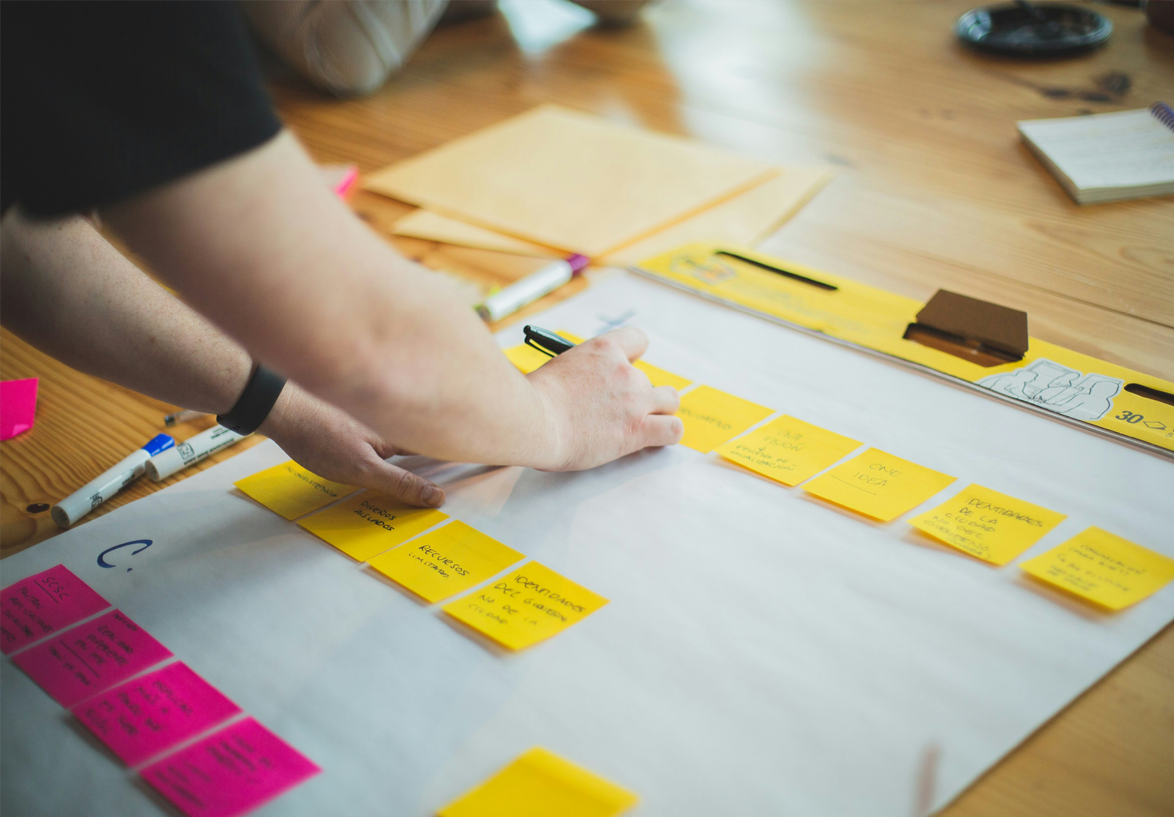Agile Design - Simplifying Product Growth for Faster Results
Kurt
0
15
2024.12.30 00:42
Introduction
Agile Design is transforming the way groups develop, examination, and launch items. Incorporating nimble methodology with style reasoning, Agile Design supplies an adaptable and repetitive method that allows groups to react quickly to market changes, include user comments, and constantly improve product top quality. As companies increasingly intend for a faster time-to-market and a far better individual experience, Agile Style has actually emerged as a beneficial method.
What is Agile Style?
At its core, Agile Layout is the blend of active growth principles with user-centered layout strategies. Agile Style eventually leads to a product that meets individuals' needs more effectively.
Key Concepts of Agile Design
User-Centric Method: Agile Design positions users at the. By consistently testing and refining based on responses, designers make sure the item straightens with real-world customer expectations and needs.
Collaboration: Agile Style emphasizes synergy, damaging down silos and encouraging close partnership in between developers, developers, and stakeholders. This enhances communication and guarantees that each staff member's understandings notify layout choices.
Iterative Growth: Agile Layout counts on iterative cycles-- short, focused sprints of work that lead to quick models and quick screening. This enables teams to recognize and fix concerns early, improving both speed and top quality.
Adaptability: Agile Layout adjusts to changing demands throughout the job. Teams focus on adaptability, changing as user demands advance or market problems shift.
 Advantages of Agile Style
Advantages of Agile Style
Agile Style provides a number of key advantages. It speeds up time-to-market by developing room for fast changes, decreases squandered sources, and decreases the risk of providing an item that disappoints user expectations. Additionally, Agile Design fosters a culture of adaptability, making it much easier for teams to pivot as brand-new insights emerge.
Carrying Out Agile Layout
To implement Agile Style, start by breaking down the style procedure right into sprints, establishing clear purposes for each stage. Foster a society of cross-functional partnership by motivating interaction between all entailed teams. On a regular basis examination designs with genuine individuals to guarantee that the product stays lined up with developing demands.
Incorporating agile technique with layout reasoning, Agile Design uses an adaptable and iterative technique that enables groups to react quickly to market shifts, include customer responses, and constantly enhance item top quality. At its core, Agile Design is the mix of active growth principles with user-centered design strategies. Agile Layout inevitably leads to an item that fulfills individuals' requirements extra properly.
To execute Agile Style, begin by breaking down the design process right into sprints, establishing clear goals for each stage.
Agile Design is transforming the way groups develop, examination, and launch items. Incorporating nimble methodology with style reasoning, Agile Design supplies an adaptable and repetitive method that allows groups to react quickly to market changes, include user comments, and constantly improve product top quality. As companies increasingly intend for a faster time-to-market and a far better individual experience, Agile Style has actually emerged as a beneficial method.
What is Agile Style?
At its core, Agile Layout is the blend of active growth principles with user-centered layout strategies. Agile Style eventually leads to a product that meets individuals' needs more effectively.
Key Concepts of Agile Design
User-Centric Method: Agile Design positions users at the. By consistently testing and refining based on responses, designers make sure the item straightens with real-world customer expectations and needs.
Collaboration: Agile Style emphasizes synergy, damaging down silos and encouraging close partnership in between developers, developers, and stakeholders. This enhances communication and guarantees that each staff member's understandings notify layout choices.
Iterative Growth: Agile Layout counts on iterative cycles-- short, focused sprints of work that lead to quick models and quick screening. This enables teams to recognize and fix concerns early, improving both speed and top quality.
Adaptability: Agile Layout adjusts to changing demands throughout the job. Teams focus on adaptability, changing as user demands advance or market problems shift.
 Advantages of Agile Style
Advantages of Agile StyleAgile Style provides a number of key advantages. It speeds up time-to-market by developing room for fast changes, decreases squandered sources, and decreases the risk of providing an item that disappoints user expectations. Additionally, Agile Design fosters a culture of adaptability, making it much easier for teams to pivot as brand-new insights emerge.
Carrying Out Agile Layout
To implement Agile Style, start by breaking down the style procedure right into sprints, establishing clear purposes for each stage. Foster a society of cross-functional partnership by motivating interaction between all entailed teams. On a regular basis examination designs with genuine individuals to guarantee that the product stays lined up with developing demands.
Incorporating agile technique with layout reasoning, Agile Design uses an adaptable and iterative technique that enables groups to react quickly to market shifts, include customer responses, and constantly enhance item top quality. At its core, Agile Design is the mix of active growth principles with user-centered design strategies. Agile Layout inevitably leads to an item that fulfills individuals' requirements extra properly.
To execute Agile Style, begin by breaking down the design process right into sprints, establishing clear goals for each stage.









